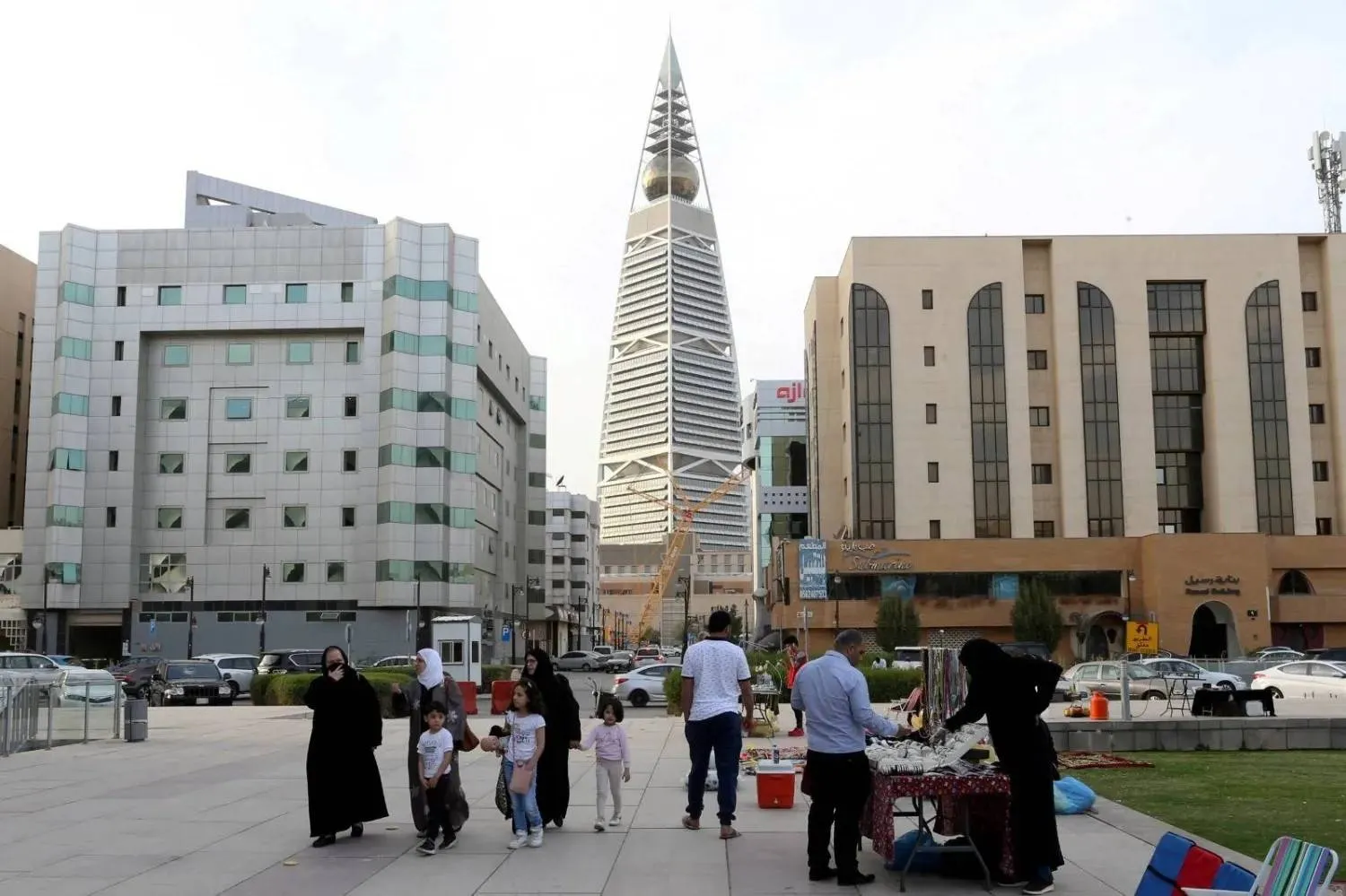The International Gas Union (IGU) said in a report on Wednesday that the global liquefied natural gas (LNG) market remains fragile following two years of volatility, despite new discoveries and lower prices.
Global LNG trade reached a record level of 401.42 million metric tons in 2023, growing by 2.1% or 8.4 million tons from the previous year, supported by high spot purchases due to gradual decline in prices.
However, the pace of growth was lower than the 5.6% seen in 2022, as limited supply remains the primary growth-limiting factor, IGU said in its World LNG Report.
LNG, widely seen as a transition fuel on the path to net-zero emissions, is playing a critical role to help countries, especially in Asia, to achieve their energy transition goals.
European Union nations have raced to replace Russian fuel following Moscow's invasion of Ukraine in 2022, and LNG imports have been instrumental in replacing a substantial share of Russian gas pipeline supplies.
The benchmark front-month contract of LNG was up by 0.50 euro at 35.10 euros per megawatt hour (MWh) by 0912 GMT on Wednesday while temperatures in north-west Europe are expected to peak on Thursday.
UK gas demand is expected to fall sharply due to the forecast of stronger wind speeds, with wind power generation expected to triple by Friday this week, while German wind power production is expected to rise gradually above the seasonal average by the end of this week, said LSEG gas analyst Tomasz Marcin Kowalski.
On the supply side, Norwegian exports to the continent are expected to increase from tomorrow due to high Norwegian field production and there will be a limit on export capacity through the Langeled pipeline to Britain until July 7.
“The global market's newfound equilibrium is still fragile and sensitive to uncertainties from supply and demand sides,” said IGU President Li Yalan.
The United States remained the world's top LNG exported in 2023, with total exports of 84.53 million tons, an increase of 8.9 million from the previous year.
Australia came in second place with exports totaling 79.56 million tons, followed by Qatar and Russia exporting 78.22 million and 31.36 million respectively.
Asia saw the biggest change in net imports, with an increase of 10.49 million tons, as lower prices spurred spot purchases. China was the world's top LNG importer with 71.21 million tons of imports.
Meanwhile, European imports remained steady, as a mild winter helped keep inventories at strong levels.
Europe's long-term purchases reached 46.4% and its spot purchases were 48.4%.







